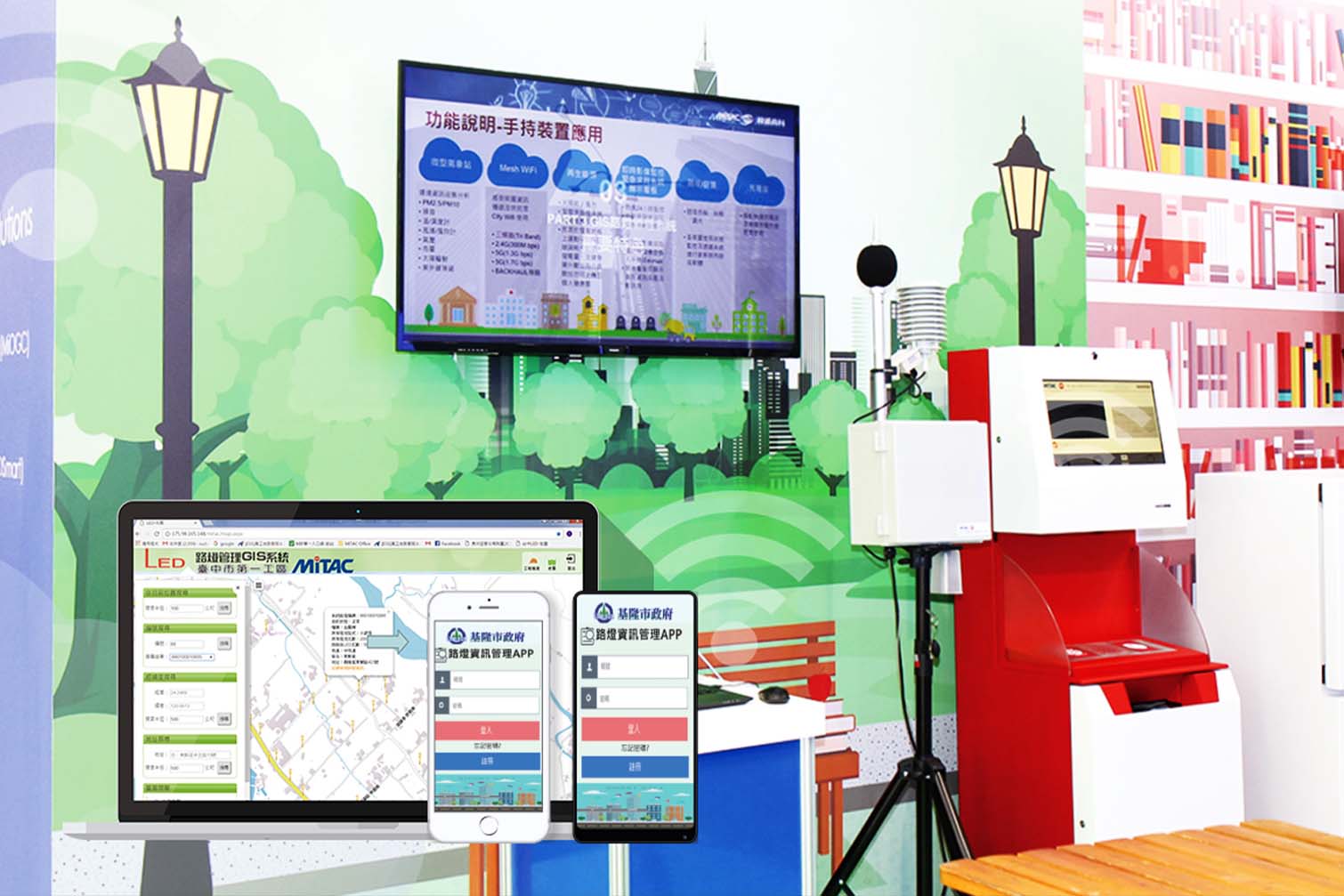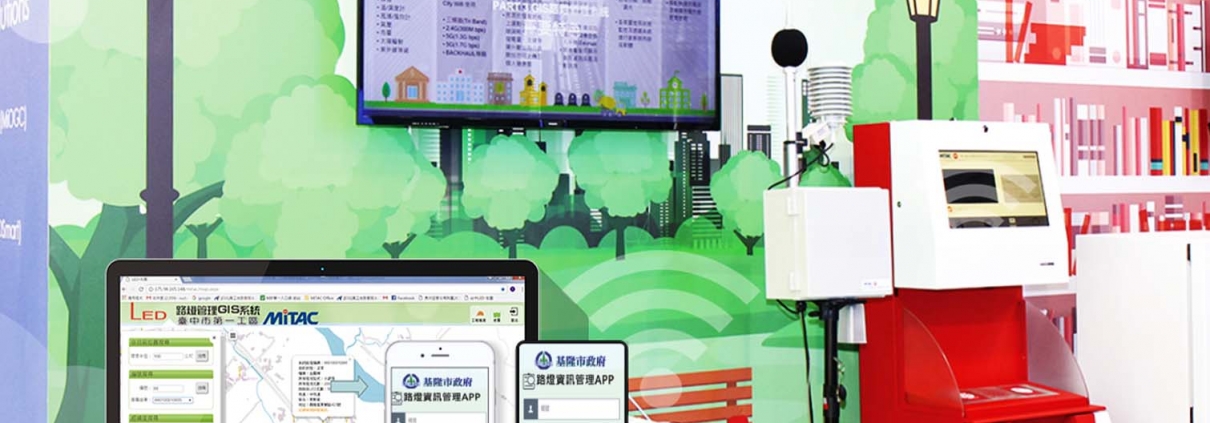MiTAC’s bright future of IoT starts in streetlight

According to the research from TrendForceLED (LEDinside), the global smart lighting market reached a value close to US$4.6 billion in 2017 with an annual growth rate of 95%, and is expected to reach US$13.4 billion in 2020. The expansion of global smart lighting market depends on public infrastructure construction, of which the biggest market is the construction of “smart city”.
Thanks to the support of governments, major cities worldwide are making every effort to promote smart city projects, and the construction of smart city is accelerating. With a large number of lamps installation and road coverage, Smart streetlight is a platform of data collecting and sharing, being close to people’s needs. Smart lighting is one of the important domains and key indicator of Smart City.
In Taiwan Mercury Vapor Street Lamp Replacement Project, MiTAC made the conversion of approximately 80,000 street lights to LED. In order to achieve lower cost and higher efficiency of the streetlight installation, MiTAC developed GIS Street Light Management System.
The system integrates collected information and re-presents them in graphic form to ensure the legibility of data. The legibility improves the control of street lights construction progress, asset inventory and management, maintenance tracking, hence it helps save time and personnel costs, improve the management efficiency and the accuracy of annual maintenance budget.
Jonny Yang, the manager of MiTAC Intelligent Energy Department, demonstrated various features of GIS Street Light Management System including App Reporting, Troubleshooting Wizard, Malfunction Reporting process,, Maintenance Task Assignment, Data Visualization of street light condition monitoring, geographic statistics, as well as Data Exporting , Pivot Analysis, and anytime upload of files or on-site pictures .
“The integration of geographic data and public equipment generates a GIS-based asset management system which can collect, store, update, process, analyze, and visualize spatial or non-spatial data to achieve real-time management.” Yang explained. “At present, we have applied it on streetlight management, In the future, we could apply it on IoT devices and in other areas.”




